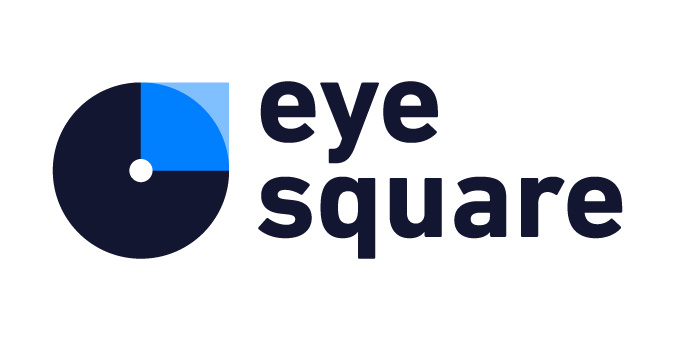07 Apr eye squares four-part crisis model
1. Turmoil/Panic: I MUST DO
Caused by the introduction of a mortality-salient stimulus triggering fear and anxiety in a population that is suddenly faced with the inevitability of death (in their own family / reproduction). Phase I incites agitated behavior (as e.g. a bungee jump) and short-term survival responses, such as panic-buying of non-perishable food items and toilet paper. Cognitions are chaotic and could be paranoid. Perception is sharp, intense and nonlinear, pictures are dystopic, clinical and deadly. Words are objective, new and hard: “triage” for example. The attention window is small, as only latest developments related to the crisis are consumed. There is a rather paranoid reaction against state (collective). The inner archetype is the fighter, behavior is agitated.
2. Regression/Comfort: WE CAN’T DO ANYTHING
As the reality of the new circumstances sets in and panic reactions subside, new emotional responses, both positive and negative, emerge such as: relaxation (positive feelings, e.g. from no longer having to go into the office or the slower walk of life with all commitments cancelled) or depression (connected e.g. to fear at the thought of job loss, having to stay home all of the time, downfall of the financial markets). In Phase II a more passive sense of fatalism, inevitability and delegation takes place. Perception is diffuse, arousal low, feelings of being small lead to a decrease of action. Cognition is chaotic and dreamlike. People start looking towards a “Great Other” for both solace and practical solutions. This “Great Other” varies from culture to culture; for many it is religion, for some, esp. in Western Europe it is the State. The attention window widens considerably as people have time on their hands and start consuming comforting media.
3. Mega Strength: I CAN DO
Characterized by a focus on practical solutions to coping with, or managing, the tangible problems caused by the initial mortality-salient stimulus. This “heroic phase” is a highly emotional one; it is solution- and control-oriented with increased motivation and empathy. It is often driven by a sense of solidarity and calls to work together to overcome problems at hand. The emphasis on solidarity often leads to hyper-identification with one’s own self, and can manifest in an enhanced “othering”—pitting an “in-group” against “outsiders”. In Phase III borders are erected and fortified, both at the local and national level, and there is a turn towards intellectual resources such as books and online courses people begin to focus on betterment of both the individual self and the group of which one is a member. Perception is focused, cognition logical, behavior ordered. High energetic arousal is prevalent, with noticeable empathy, patience and strength.
4. Neo-Normality: WE ARE ALLOWED TO DO
After the immediate threat subsides, the population begins to return to a sense of (new) routine life characterized by spread attention and a state of low arousal as it copes with the new state of affairs.
These 4 stages of human crisis experience do not evolve in linear fashion and vary from culture to culture and individual to individual. However usually they move from I – IV. A sudden change in situation can “spin the wheel” again, however.
